CannSol Premium Turmeric-Frankincense with Zinc
Curcuma – Olibanum – Zinc
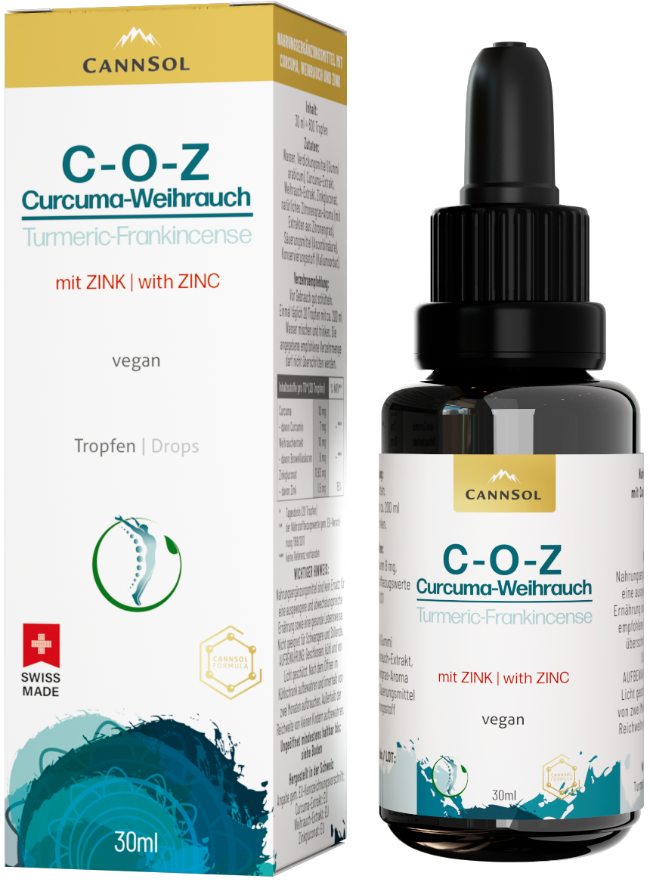
The CannSol Formula
Clinical studies show positive effects in the following areas:
Ingredients: Swiss water, thickener (gum arabic), turmeric extract, frankincense extract, zinc gluconate, natural lemongrass flavor (with lemongrass extract), acidifier (ascorbic acid), preservative (potassium sorbate).
CannSol Premium Turmeric-Frankincense with Zink
Curcuma – Olibanum – Zinc

The CannSol Formula
Clinical studies show positive effects in the following areas:
To the Shops:
Ingredients: Swiss water, thickener (gum arabic), turmeric extract, frankincense extract, zinc gluconate, natural lemongrass flavor (with lemongrass extract), acidifier (ascorbic acid), preservative (potassium sorbate).
What is turmeric?
Curcuma longa originally comes from Southeast Asia and India, although today it is cultivated more or less in almost all tropical regions. The plant is used in traditional Indian medicine in a wide variety of dosage forms, but is also used in dried form as a powder in the kitchen. Curcuma forms rhizomes that grow underground, which provide the plant nutrient storage and allow overwintering. For both therapeutic and culinary purposes, only the rhizome of the plant is used.
Traditionally, curcuma is used for toothaches, menstrual cramps, stomach and liver problems, intestinal disorders, gastritis, inflammation and rheumatic diseases, for example. The curcuma rhizome contains a group of active ingredients that have been studied very intensively in recent decades. The yellow color of the rhizome is due to the active ingredient curcumin, which is also the most biologically active form of this group of substances. Curcumin is by far the most studied natural active substance of all – and not without reason!
Results from many studies show an extremely broad spectrum of positive effects on the human body, which can be attributed in particular to the biological activity of curcumin. For example, curcumin appears to have a protective effect on the nerves, liver and cardiovascular system, while studies have confirmed antidiabetic, antioxidant, immunoregulatory and anti-inflammatory effects. In addition, curcumin has the potential to increase the activity of detoxifying enzymes in the liver.
To date, more than 100 clinical studies have been conducted with Curcuma longa or curcumin, which not only show very promising results, but also confirm an extremely good safety profile.
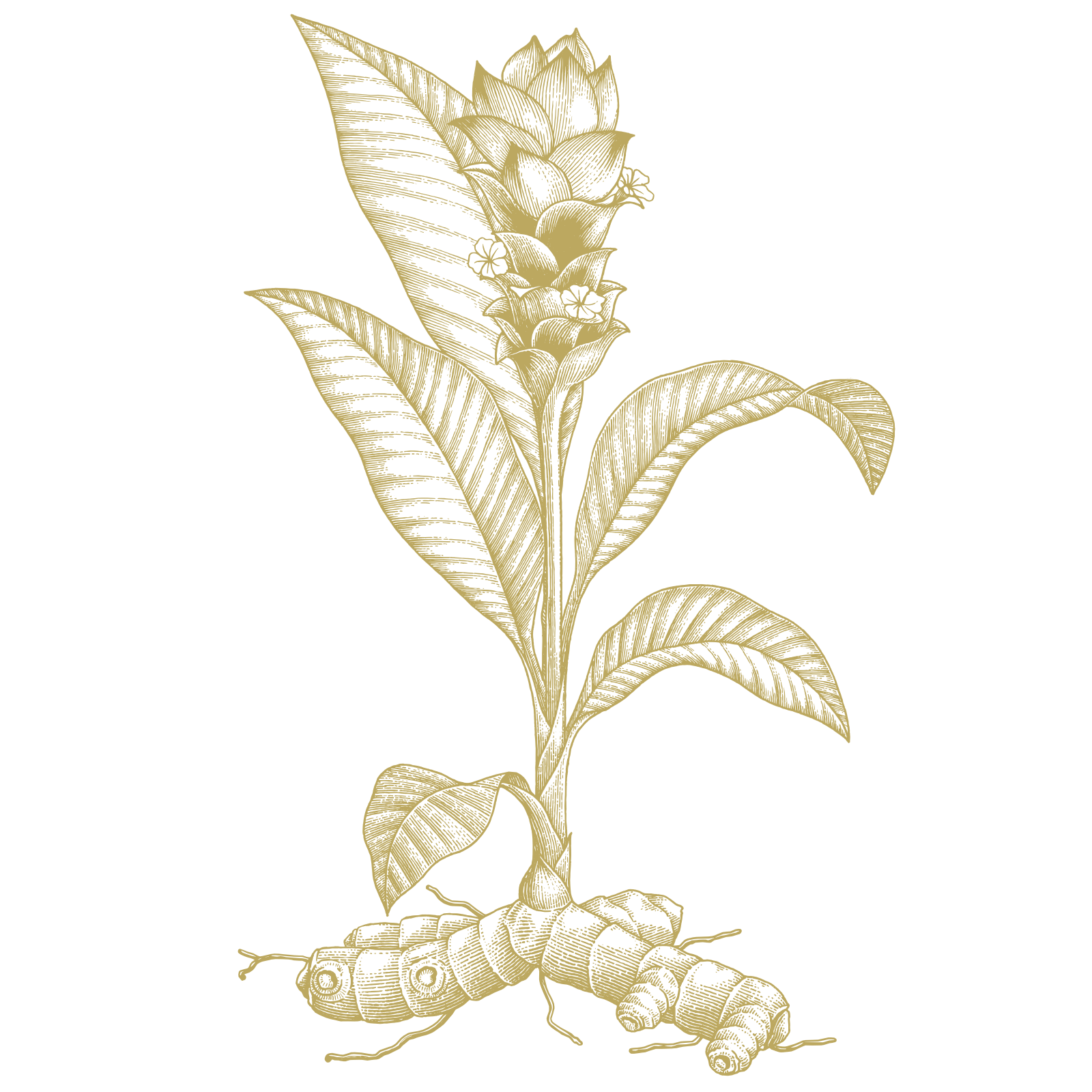
What is indian frankincense?
Frankincense is obtained from various species of Boswellia, which are mainly found in some parts of Africa, the Arab region and India. Frankincense trees and shrubs reach a height of one to eight meters and contain a milky gum resin in their bark. Indian frankincense (Boswellia serrata) is found mainly in mountainous regions of central and northern India. To harvest the frankincense, cuts are made on the trunk and on thicker branches of the frankincense trees, causing a sticky, milky liquid to come out, which forms the frankincense by drying in the air.
The first harvest takes place between March and April, but yields only a rather low-quality frankincense resin. Only after another three to four weeks can a resin with a higher quality be obtained, which increases with each subsequent harvest.
In traditional Indian medicine, the resin of the frankincense tree has been used for about 2,500 years. The first mention of frankincense as a remedy is found in one of the oldest collections of texts in India, the Charaka Samhita (2nd or 3rd century BC). Traditionally, Indian frankincense is used for rheumatic diseases, bronchial asthma, allergies and inflammation of all kinds.
Today, we know from modern research that the active ingredients contained in the frankincense resin have incredible therapeutic potential. In particular, anti-inflammatory properties are attributed to frankincense, which research has already been able to confirm many times. These anti-inflammatory effects are mainly due to the biological activity of the boswellic acids. Studies have shown that the boswellic acid “AKBA” can inhibit an enzyme in our body that is responsible for the formation of proinflammatory leukotrienes. These messenger substances are closely related to inflammation and allergic reactions in our body. Over the last two decades, the potential efficacy of Indian frankincense has been investigated in rheumatoid arthritis, Crohn’s disease, ulcerative colitis, asthma and osteoarthritis, for example. Almost all of these studies showed very good and promising results!
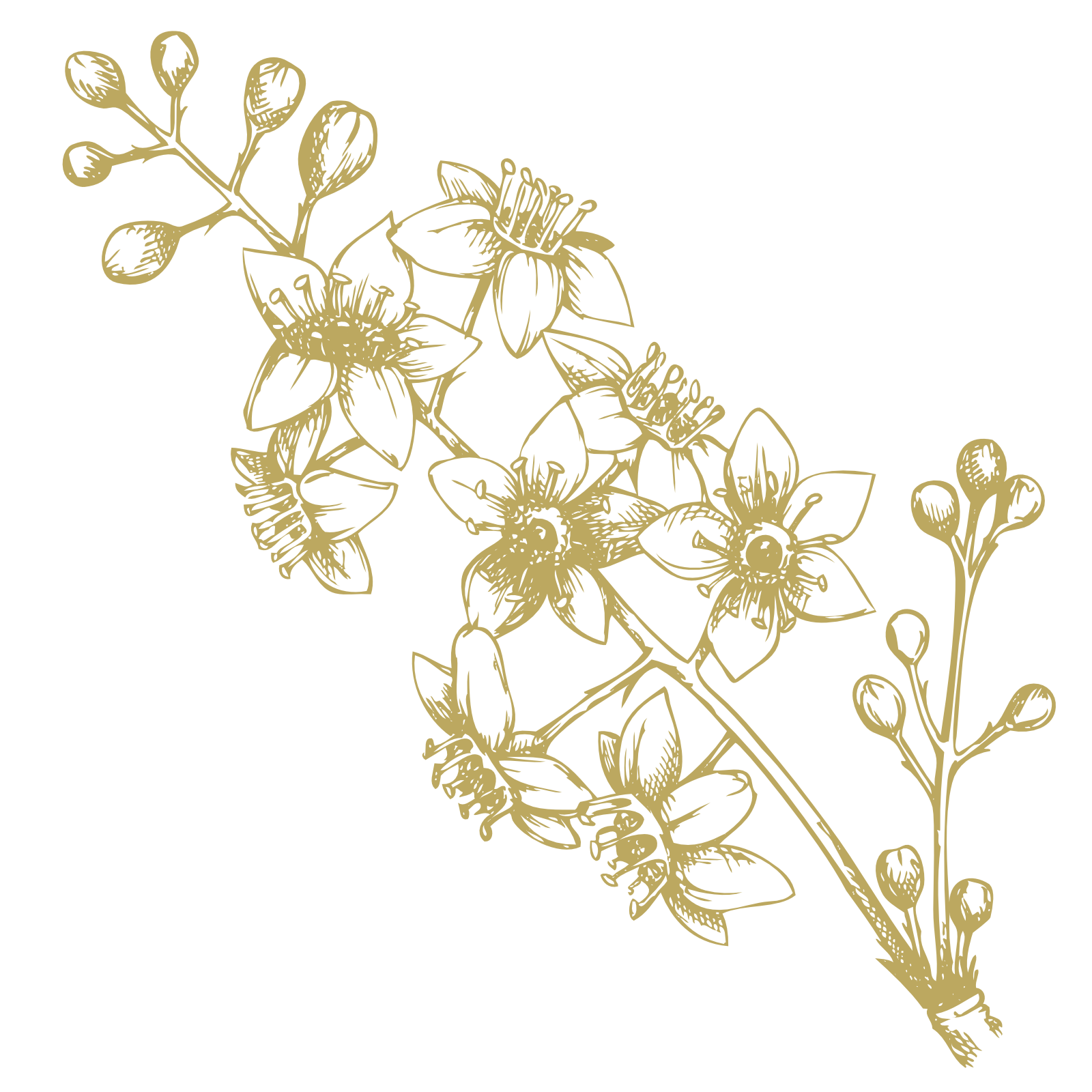
Bioavailability
Active ingredients from medicinal plants have very low water solubility. Such substances can be absorbed extremely poorly by our body into the systemic bloodstream. Therefore, very high doses of extracts from medicinal plants are often used in clinical studies in order to achieve therapeutic effects. In addition, the extracts are usually in a form enriched with active ingredients, or directly isolated active ingredients are used in high doses. Simple dietary supplements normally have too low a concentration of active ingredients to achieve any significant physiological effect. Why is this so? It is not uncommon for the active ingredients contained in medicinal plants to be subject to numerous “absorption barriers”, as a result of which 95–99 percent of the active substances taken perorally cannot reach the systemic bloodstream. Highly fat-soluble active ingredients distribute very poorly on the absorptive surface of the small intestine, which greatly reduces the likelihood of their absorption. Another factor contributing to the low uptake of such compounds is the “first-pass effect” of the liver. Enzymes are secreted in the liver that recognize and break down such fat-soluble compounds. This is a protective function of our body to keep potentially dangerous substances from entering the systemic bloodstream. In addition, many active ingredients are very unstable in the acidic environment of the stomach and are already eliminated during stomach passage. The percentage of an active ingredient that can be absorbed into the systemic bloodstream in its unchanged, biologically active form is referred to as being “bioavailable”. The bioavailability of curcumin, for example, is only about 0.5 percent, which means that correspondingly high doses must be taken for a therapeutic effect.
For this reason, CannSol goes the “water-soluble route”! We enclose high-quality plant extracts in water-soluble transporters. In this form, the active ingredients contained in the extract can be quickly and efficiently absorbed by the body. We achieve this without the use of piperine, synthetic additives or other questionable absorption enhancers. Our water-soluble transporter system releases 95–99 percent of the ingested active ingredients into the systemic bloodstream of the body, where they can act unhindered. This system also enables the intake of even very small doses to be completely sufficient, which does not unnecessarily burden the body with constant degradation processes.
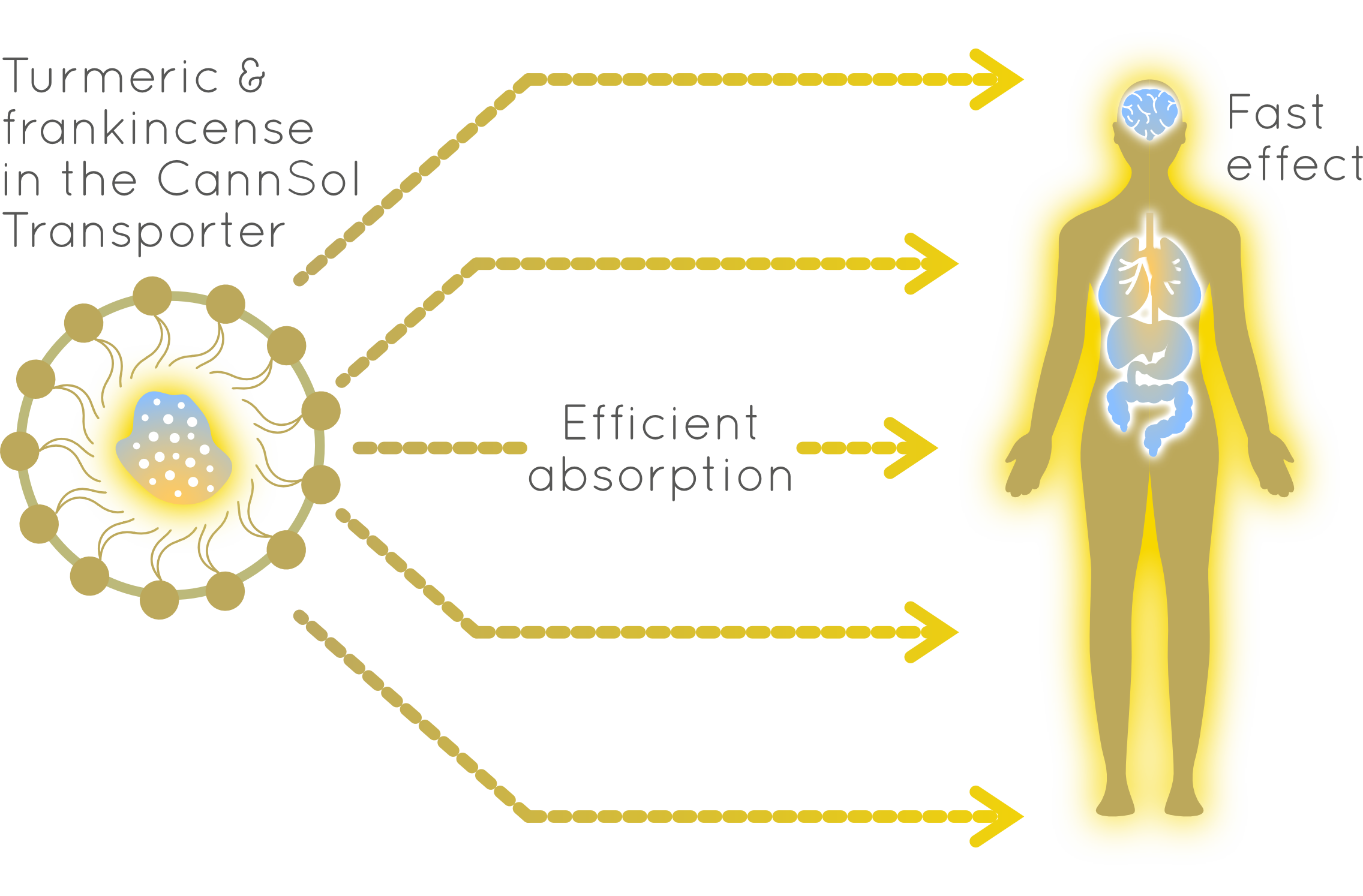
CannSol Premium C-O-Z compared to conventional capsules, tablets or powders:
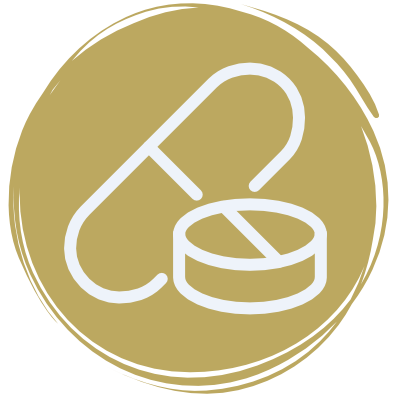
Capsules, tablets or powder
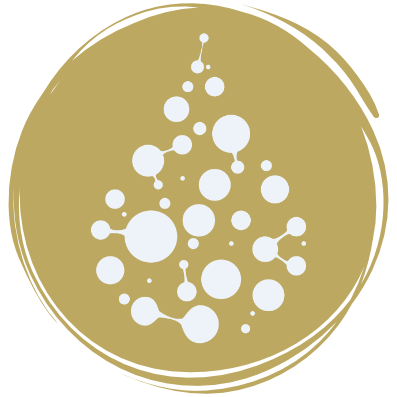
CannSol Premium C-O-Z
Turmeric, frankincense and zinc complement each other perfectly!
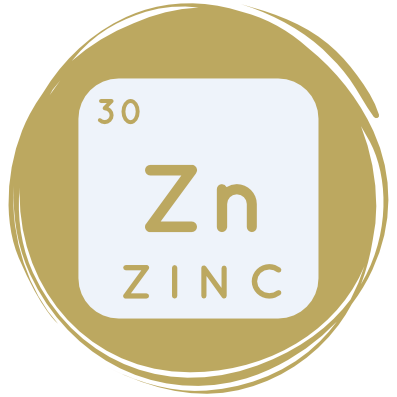
Why Zink?
Zinc contributes to
Discover the products of CannSol!

CannSol ist NATÜRLICH und NACHHALTIG!
All unsere Rohstoffe sind frei von Gentechnik, rein natürlich und stammen von renommierten Produzenten, die unsere Kriterien für höchste Qualität erfüllen. Jede Zutat wird von unabhängigen Laboren auf Herz und Nieren geprüft, um höchste Reinheit und Qualität sicherzustellen. All unsere Produkte enthalten Schweizer Wasser und ausschliesslich rein natürliche Pflanzenextrakte und Vitamine, die aus nachhaltiger, nachvollziehbarer und schonender Produktion stammen.

CannSol ist VEGAN!
All unsere Rohstoffe, die wir für die Herstellung unserer Produkte verwenden, sind garantiert zu 100% vegan! In sämtlichen Produktionsschritten verwenden wir bewusst keine tierischen Produkte oder Hilfsmittel. Somit sind all unsere Produkte für eine vegane Ernährungsweise bestens geeignet!
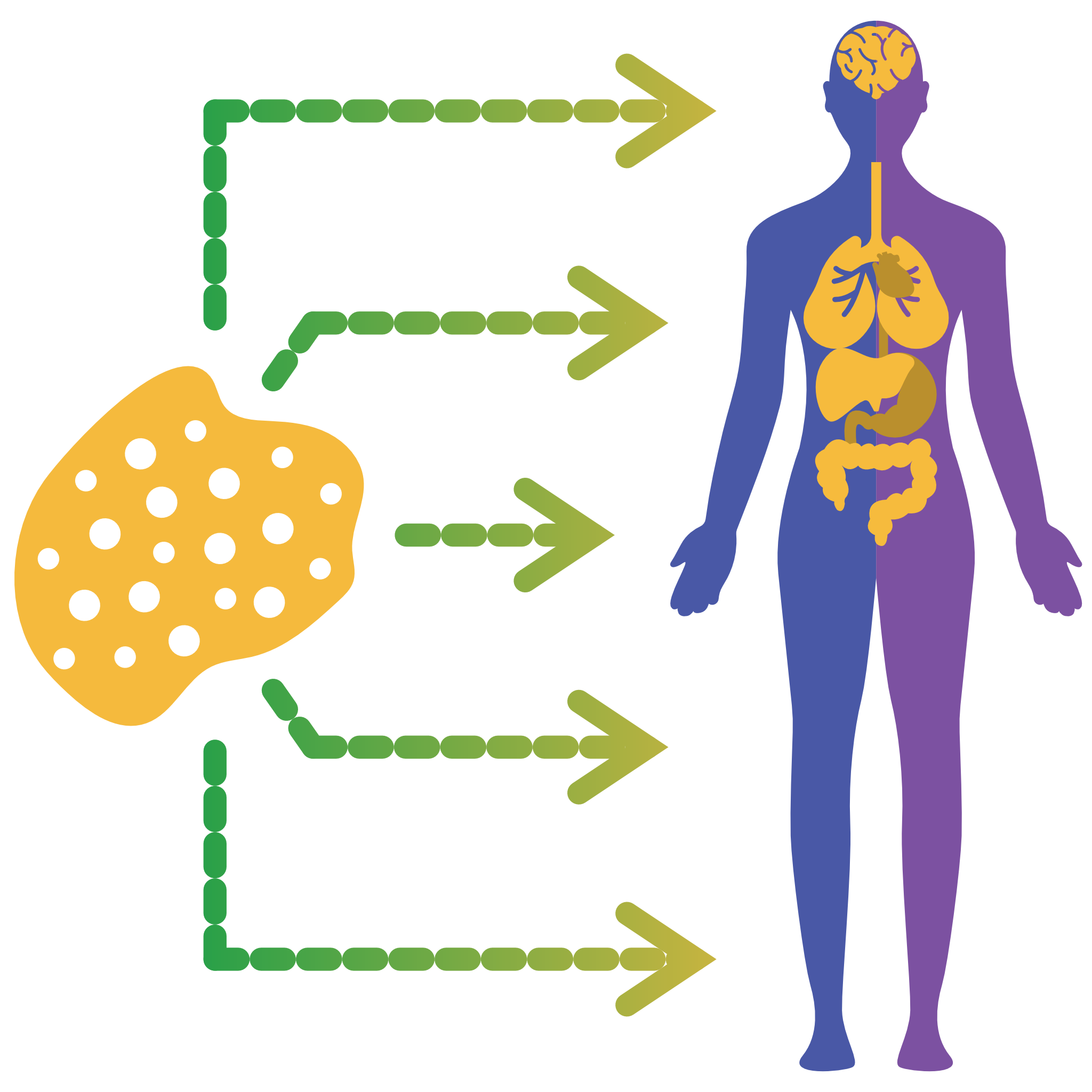
CannSol ist maximal BIOVERFÜGBAR!
Die Bioverfügbarkeit bezeichnet den Anteil eines Wirkstoffes, der unverändert und in seiner aktiven Form im systemischen Blutkreislauf zur Verfügung steht. Eine schlechte Wasserlöslichkeit eines Wirkstoffes führt normalerweise zu einer niedrigen Bioverfügbarkeit, wenn dieser oral eingenommen wird. Aus diesem Grund gehen wir den »wasserlöslichen Weg«, um die Bioverfügbarkeit unserer Extrakte und Vitamine zu maximieren.

CannSol ist SWISS-MADE!
Sämtliche Produkte werden in der Schweiz hergestellt! Jeder Produktionsschritt - von der Idee bis hin zum fertigen Produkt – findet in der Schweiz statt und erfüllt höchste Qualitätsanforderungen!
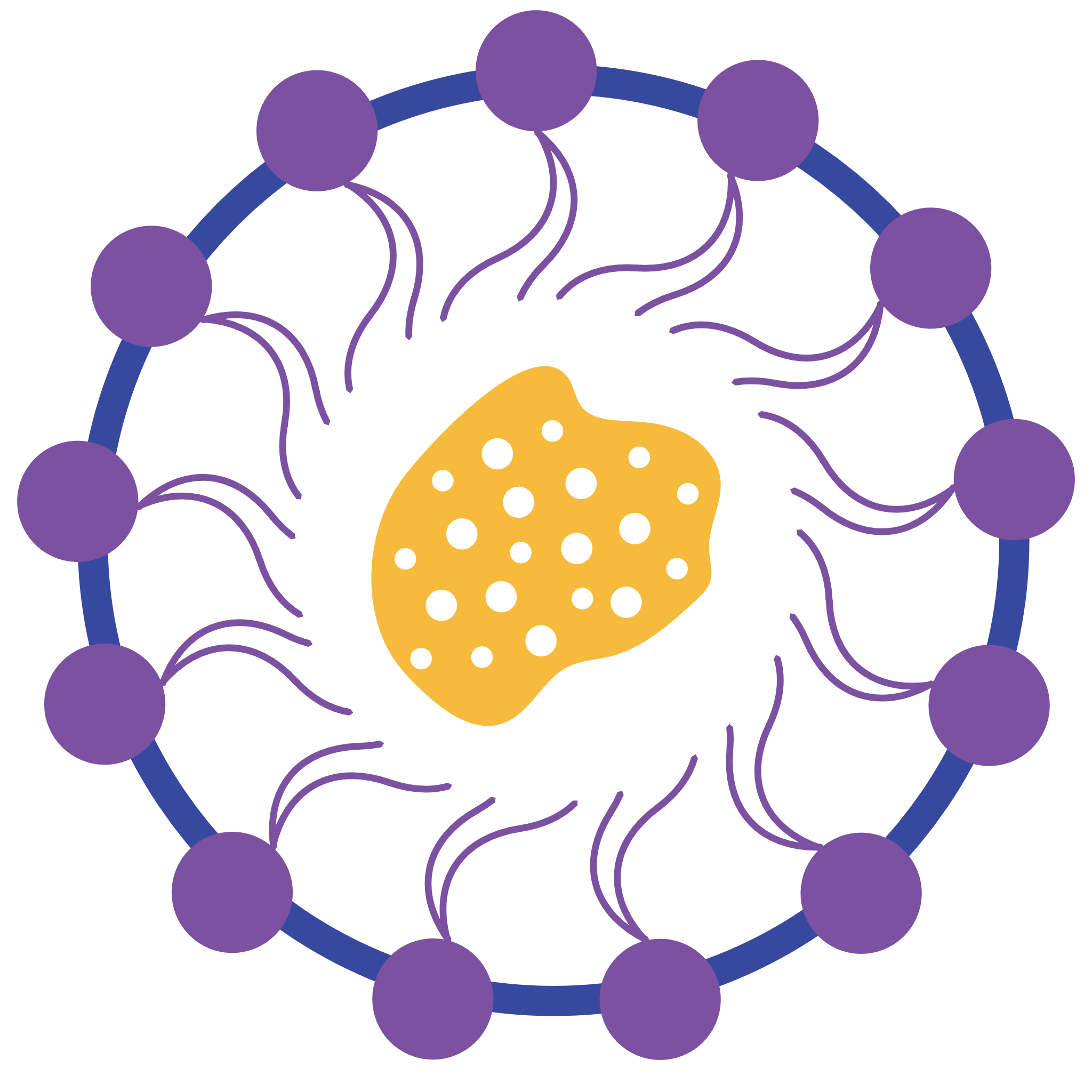
CannSol ist WASSERLÖSLICH!
CannSol geht den "wasserlöslichen" Weg! Wir schliessen hochwertige Pflanzen-Extrakte in wasserlösliche Transporter ein. In dieser Form können die im Extrakt enthaltenen Wirkstoffe schnell und effizient vom Körper aufgenommen werden. Dies erreichen wir ganz ohne den Einsatz von Piperin, synthetischen Hilfsmitteln oder anderen bedenklichen Aufnahmeverstärkern. Unser wasserlösliches Transporter-System gibt 95-99 Prozent der eingenommenen Wirkstoffe in den systemischen Blutkreislauf des Körpers ab, wo sie ungehindert wirken können!